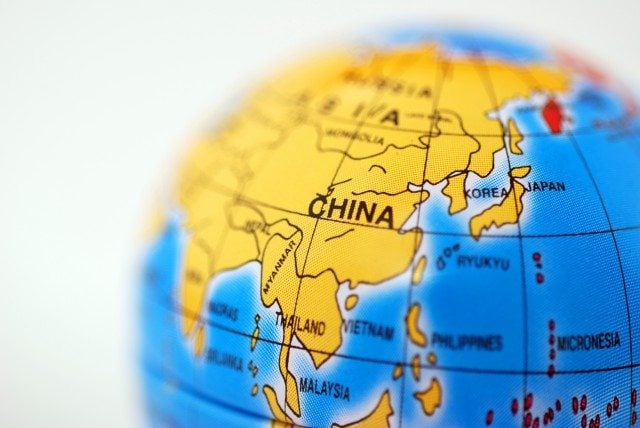The global production of whole yellow pea in 2014 amounted to nine million metric tons, valued at US$3.05 billion, according to a Frost & Sullivan analysis.
The same year, the value-added dry pea protein market was worth US$29.9 million and its sales touched 20.7 thousand metric tons.
The year to year production of whole yellow peas can vary greatly based on the weather, planting times, supply, demand, forecast price and performance of other commodity products.
Its production growth rates have been largely stable at commodity levels of 2-4%.
In contrast, the revenues of dry pea protein ingredients are expected to grow at about 10% annually.
“While the soaring demand for pea protein ingredients could threaten the producers of whole yellow peas, it could also present them with several opportunities,” said analyst of Chemicals, Materials & Food Research Analyst Reuben Sequeira.
The emergence of pea protein as a value-added product from a traditionally direct consumption market will considerably enhance the growth prospects of pea processors and food manufacturers in North America and China. They will have to find the adequate balance between operating in this market and catering to the direct consumption or pea flour and starch markets.
From a global standpoint, both whole yellow pea processing and pea protein ingredient manufacturing have large markets in the US, China, India, Ukraine, Russia and Canada.
While the US is a top-rung producer and exporter of yellow peas, China is a major importer of yellow peas, and like the US, is experiencing high growth in the demand for pea proteins.
“Once companies acknowledge the swelling demand for clean pea protein, companies in China and the US will be in a race to set up processing plants to serve consumers close to home,” said Sequeira.
“It is also likely to affect the production and import-export balances of these two countries.”










